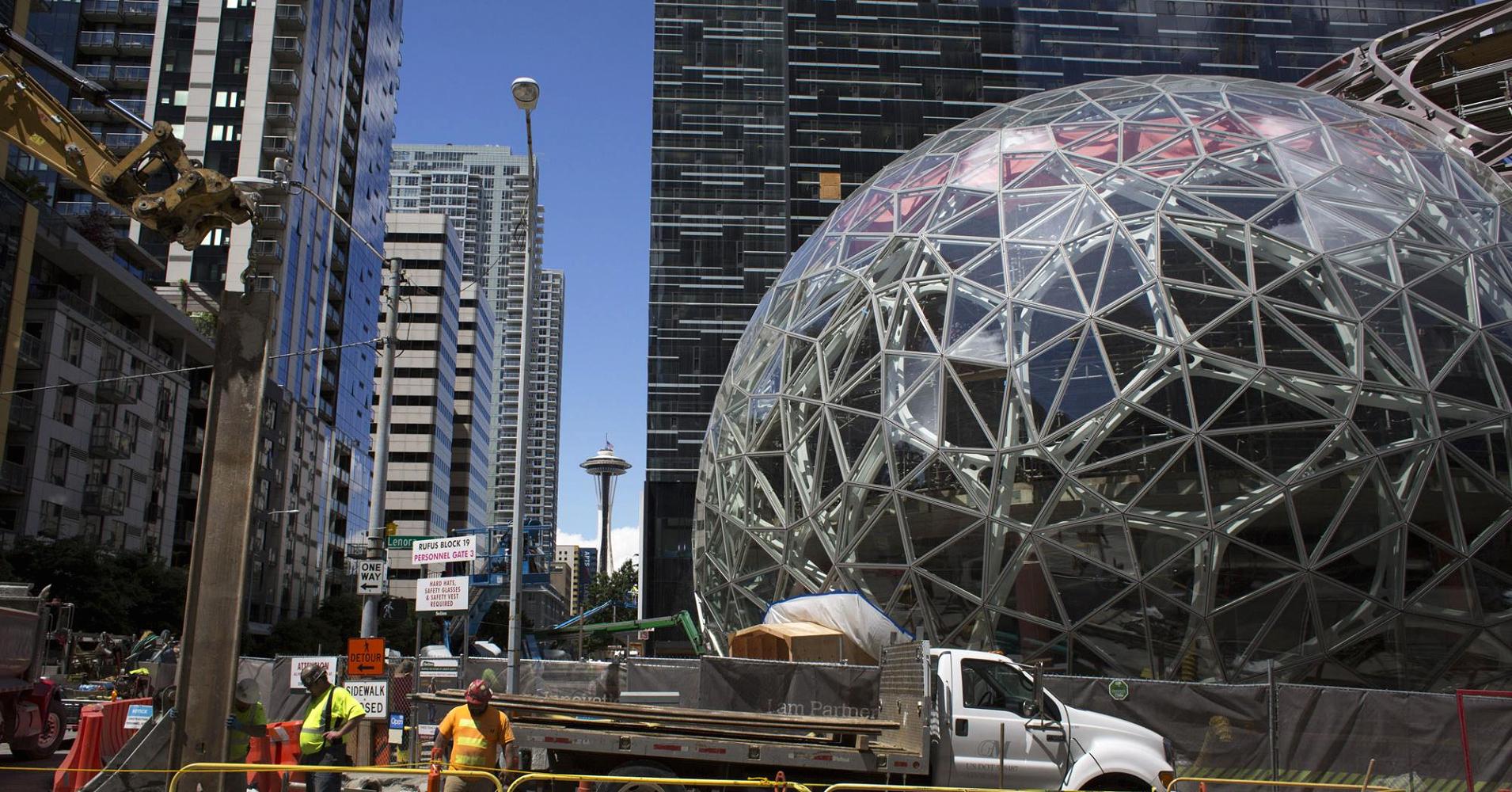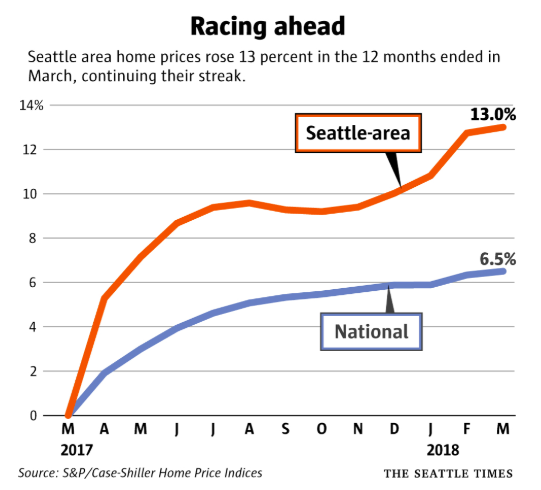Amazon’s plan to build a second headquarters is an unusual move in the corporate worldSome academic professors said it’s likely a “marketing ploy” to attract offers with tax benefits from cities trying to win the bidIt would also help attract more tech talent from other parts of the country

Amazon’s plans to build a second North American headquarters, announced on Thursday, is highly unusual, even for a company this big, and could be more of a “marketing ploy,” some academics said.
Amazon’s potential goal: to generate enough buzz to attract more offers with better benefits, including steep tax breaks. The announcement opened up a bidding process for cities across the region.
But the academics noted most of Amazon’s executive team will remain in Seattle.
“I think the name ‘headquarters’ is a little bit of a marketing ploy. I mean they just want to have a big office in another city,” Felipe Caro, a professor at UCLA’s school of management, told CNBC.
Caro said cities and states are willing to do anything to attract tech companies these days because they create lots of new jobs and could spur other companies to open shop as well, boosting the region’s overall economy. In return, companies are given outsize benefits, mostly in the form of tax breaks, but their economic impact far outweighs the loss in taxes, he said.
For example, Apple recently got more than $200 million in tax breaks to build a data center in Iowa, while Foxconn is expected to receive a $3 billion tax incentive package for building a plant in Wisconsin. By attaching the “second headquarters” title to their new office, Amazon could get even more incentives, he said.
In fact, as CNBC reported earlier, more than a dozen cities have already expressed their desire to become Amazon’s second home.
“Tech companies are treated as royalty these days. All these tax breaks and benefits are free money for them,” Caro said.
Michael Useem, a management professor at the Wharton School, said companies do build a large presence in multiple cities, but it’s rare to see them call it a “second headquarters.”
For instance, Lenovo had multiple main offices after acquiring IBM’s PC unit, and Gap has moved most of its business to New York City, despite having its official headquarters in the Bay Area, but there hasn’t been a major company run two “headquarters” simultaneously. Rather, it could be Amazon CEO Jeff Bezos simply thinking out of the box, he said.
“It’s not only uncommon, it’s almost unheard of,” Useem said of Amazon’s plan to open a second headquarters. “It’s symptomatic of how Jeff Bezos kind of breaks all the rules along the way: Why not build a second headquarters and see how it works out?”
But if there’s any company who’s able to pull it off, it has to be Amazon, Caro said. Amazon’s corporate culture of keeping different business units almost run like independent companies could make it relatively easy to run two massive headquarters separately.
“It’s a reasonable move. It’ll fit with this decentralized culture that they already have,” he said.










